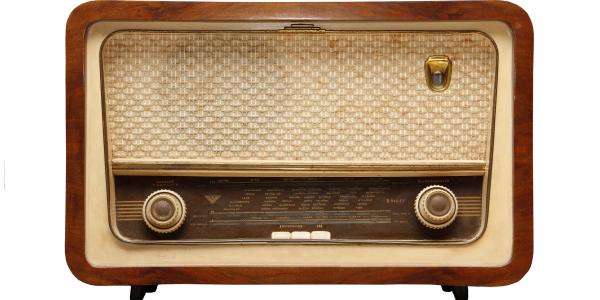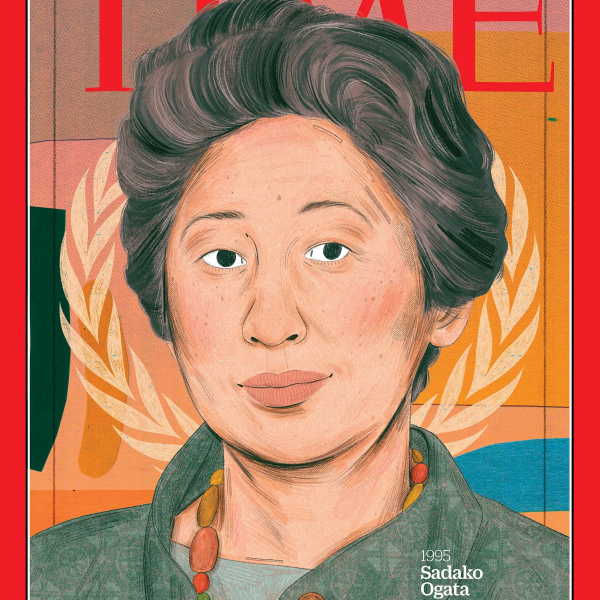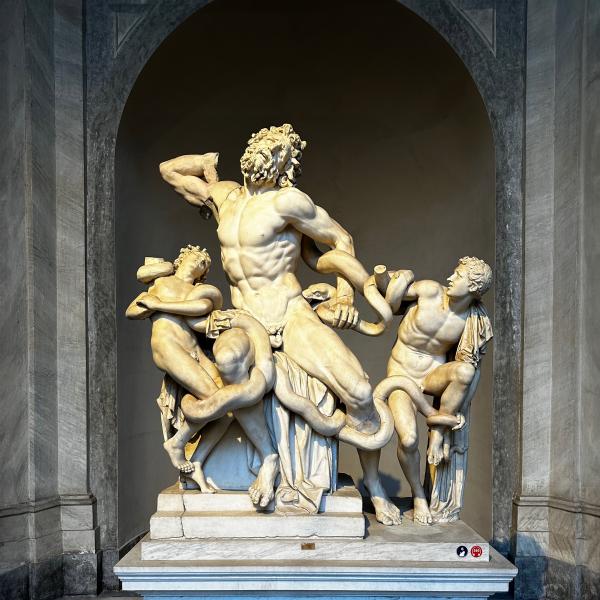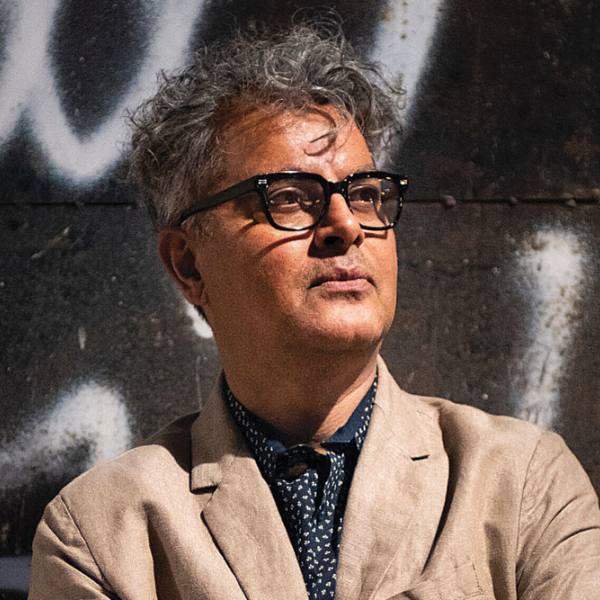In the decades after World War II, the citizens of West Germany and Austria tuned in to narrative radio dramas, or Hörspiel, to reckon with their fascist past and imagine their democratic future, says German studies scholar Caroline Kita.
Interview with German studies scholar Caroline Kita
Ask any podcast aficionado today about the distinct benefit of the medium and they’ll likely tout its ability to create an intimate listening experience. Using sound alone, podcasts tell stories — and around 40 percent of the American public is listening. Almost 100 years ago, an even greater exemplar of this phenomenon proliferated across the globe as radio broadcasts developed as the first electronic mass media. Various state and commercial actors leveraged this intimacy with the audience to spread propaganda, sell soap and provide entertainment. In West Germany’s post-World War II years, says Caroline Kita, an assistant professor of German and Faculty Fellow in the Center for the Humanities, radio broadcasts, and specifically radio dramas, offered a unique space to make and critique its newly democratic culture. Below, Kita previews her book-in-progress on the German radio drama.
What is is your book project, “Border Territories: The Emancipatory Soundscapes of Post-War German Radio,” about?
My book examines narrative radio dramas in West Germany and Austria in the two decades following the end of the Second World War, 1945–65. I focus not only on the texts but also on their soundscapes, their acoustic realization through voice, music, noise and silence. I claim that radio drama offered a unique discursive realm for Germans and Austrians to confront the past and imagine the future after fascism.
How important was radio to daily life in Germany? What is its role today?
Radio has a particularly complex history in Germany and Austria because it is so intertwined with the history of National Socialism. The Nazis’ mass production of home radios was one of the primary reasons radio was so accessible in the postwar period — through the ’50s, radio continued to be the primary medium of news and entertainment. In the book I explore how radio dramas reflect the medium’s transition from a tool of propaganda dissemination to a pluralist space of democratic ideas.
Interestingly, the federal structure of German radio networks and the state sponsorship it receives (a result of its rebuilding in the postwar period) has allowed it to retain a kind of prominence on the media landscape today that is really unique. Radio dramas, for example, are still produced for all of the major broadcasting networks.
What is a radio drama?
A radio drama is a dramatic work produced exclusively for the acoustic medium. Because its stage is not visible to the eye, characters, locations and events must all be made evident to the listener through sound. In Germany, much like in the United States at the same time, melodramas and crime and suspense serials were very popular. However, I am interested in the radio dramas that reflect more directly the political, economic and social landscape of Germany in years of occupation and division. These works were played on prime time radio and were widely heard and discussed.
Who was writing for the radio?
German radio drama in the 1950s is so interesting because it was considered serious literature. Some of the most prominent intellectuals of this period — Heinrich Böll, Ingeborg Bachmann, Ilse Aichinger and Günter Eich — wrote extensively for the radio. Although there was also fascinating radio drama being produced in East Germany, my focus is primarily on West Germany and Austria, where the efforts of American and British “democratization” were most prominent.
In what ways does the radio drama listening experience differ from viewing films at the cinema?
The radio drama is evocative, not representational. While the soundscapes can be naturalistic (doors opening, cars driving by, doorbells ringing) to give the listener a sense of place and time, they also often manipulate familiar sounds to allow for the merging of spaces, time frames or identities.
One of my favorite radio plays, Border Crossers by Jan Rys, is about two refugees sitting in a Viennese coffeehouse around 1960, imagining that they are journeying back to their hometown in Czechoslovakia. The entire radio drama is them speaking, and the only other noises that one hears are the clinking of glasses in the coffeehouse. But in their dialogue, they interpret these sounds as those they hear in the borderlands, tin cans that they step on in an open field, for example. The listener really has the sense that they are in both places at once in a way that wouldn’t be possible in film, where you would have to use a split-screen effect.
How did you get interested in radio plays? How does this connect to your first book, on music and drama in late 19th-century Austria?
I attended a seminar on radio drama at the University of Duisburg-Essen when I was a grad student that really piqued my curiosity in the genre. I’m a musician, so I’ve always been interested in how sound tells a story. In my first book, I explored this idea through dramas that employed musical techniques and musical works, such as symphonies, that adopt dramatic or narrative forms to evoke experiences of inclusion and otherness. I see my new book as approaching a similar question through a new medium. At the core of both projects is my fascination for the way that the sounds we hear and how we listen shapes how we view the world.
Kita and colleague Jennifer Kapczynski have organized a symposium, The Arts of Democratization: Styling Political Sensibilities in Postwar West Germany, April 5-7, 2018 on Washington University’s Danforth Campus. This international, interdisciplinary symposium is free and open to the public. Guests are kindly asked to register online at: https://sites.wustl.edu/theartsofdemocratization/registration/.





